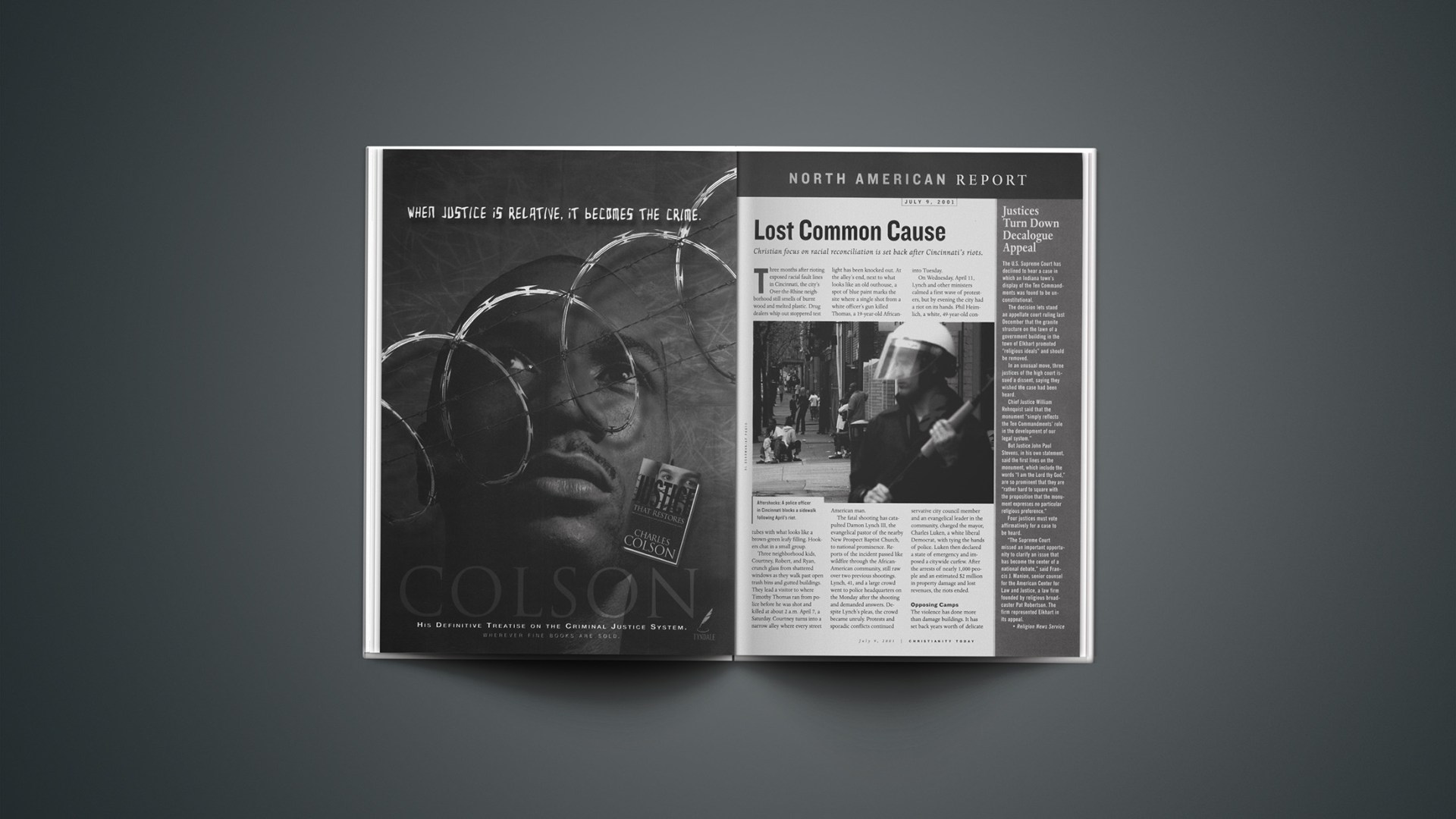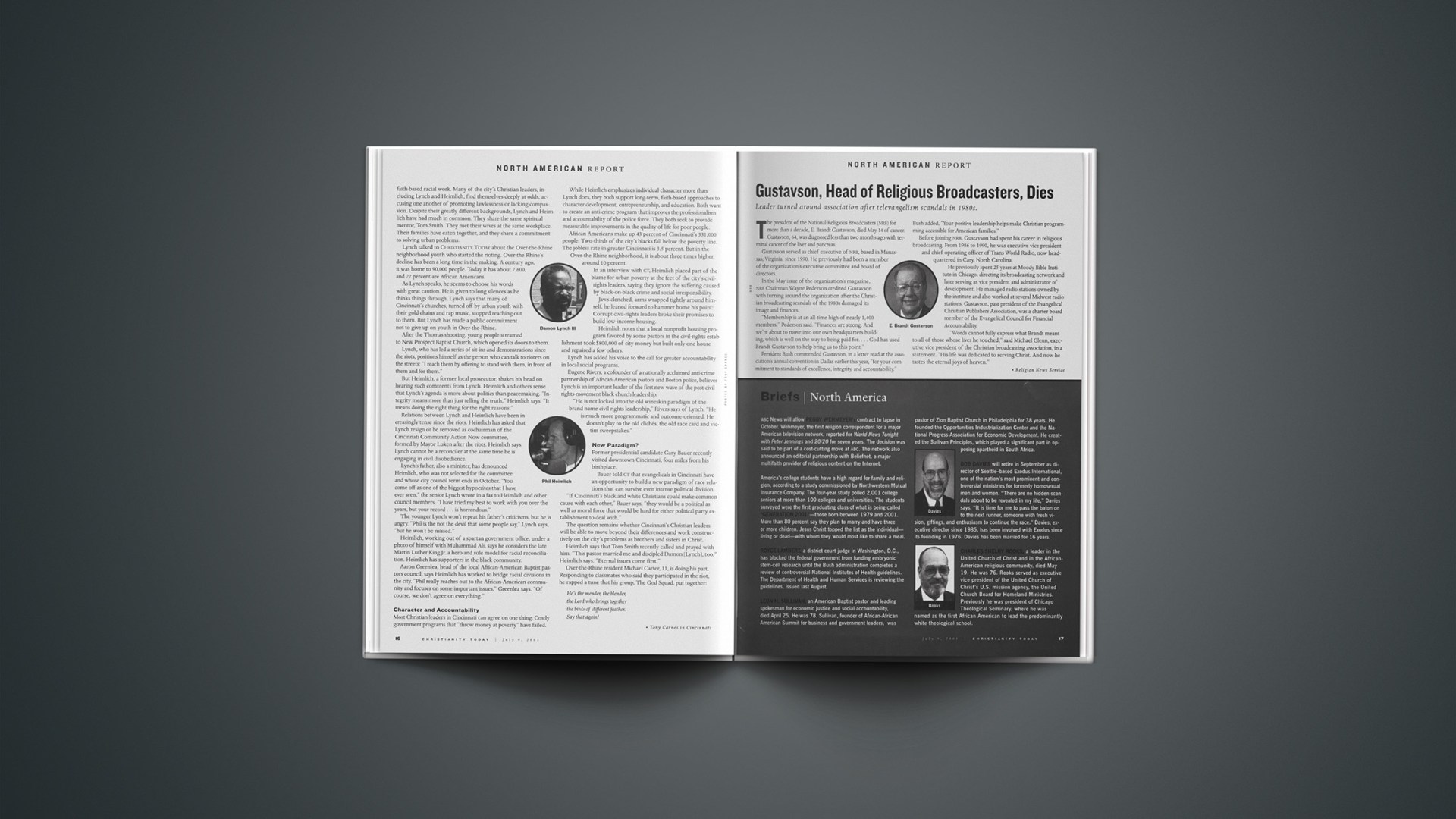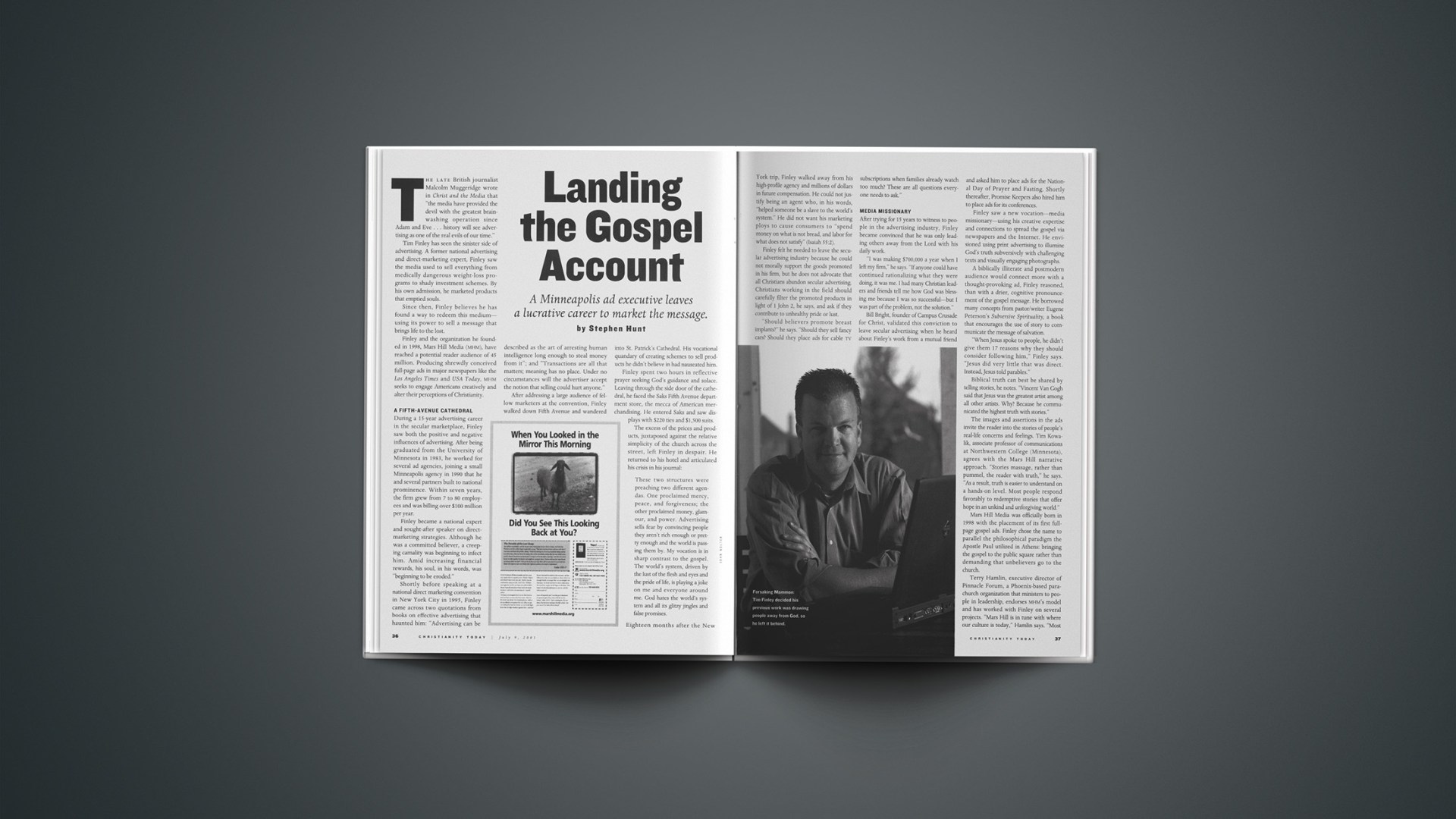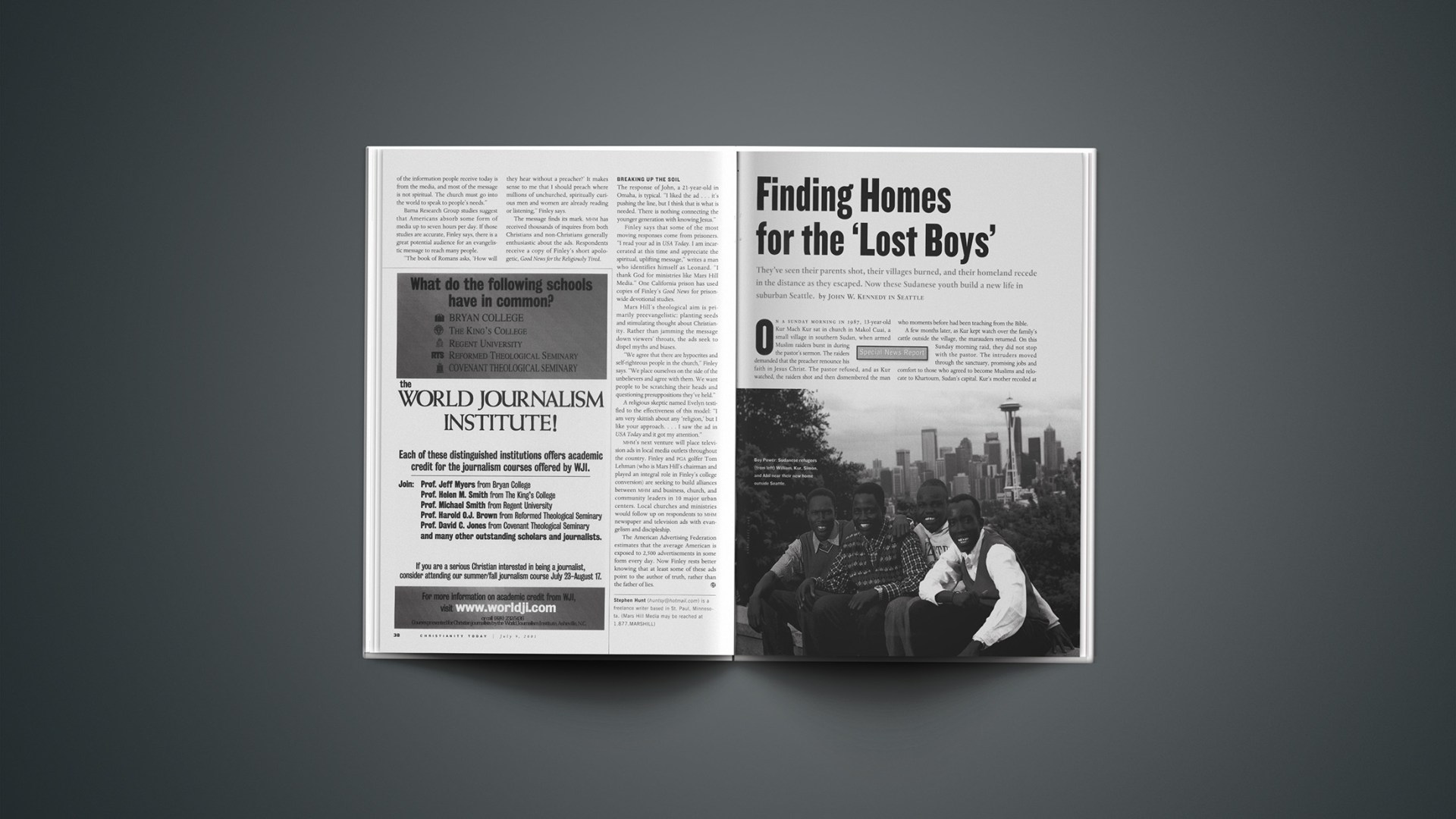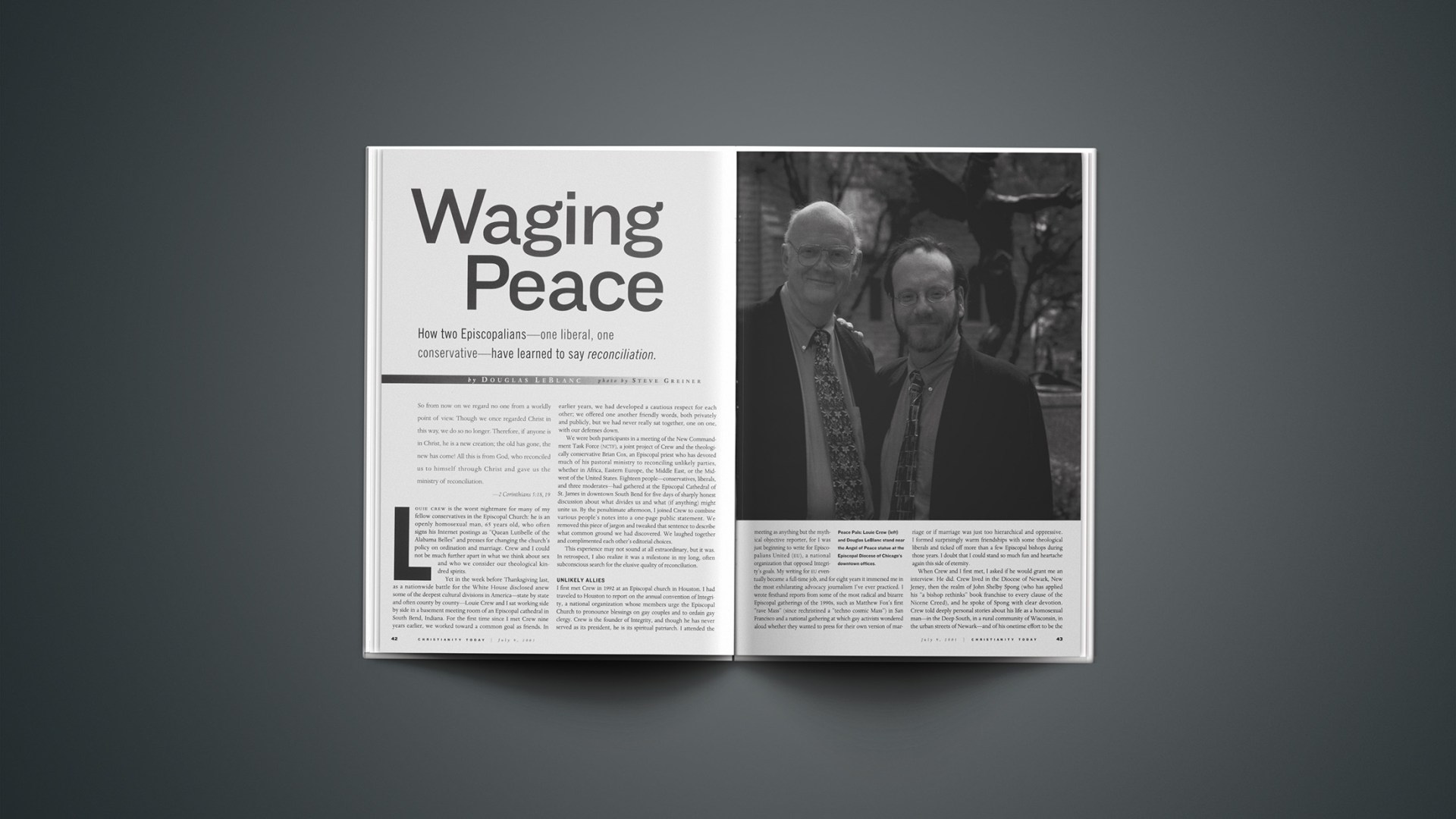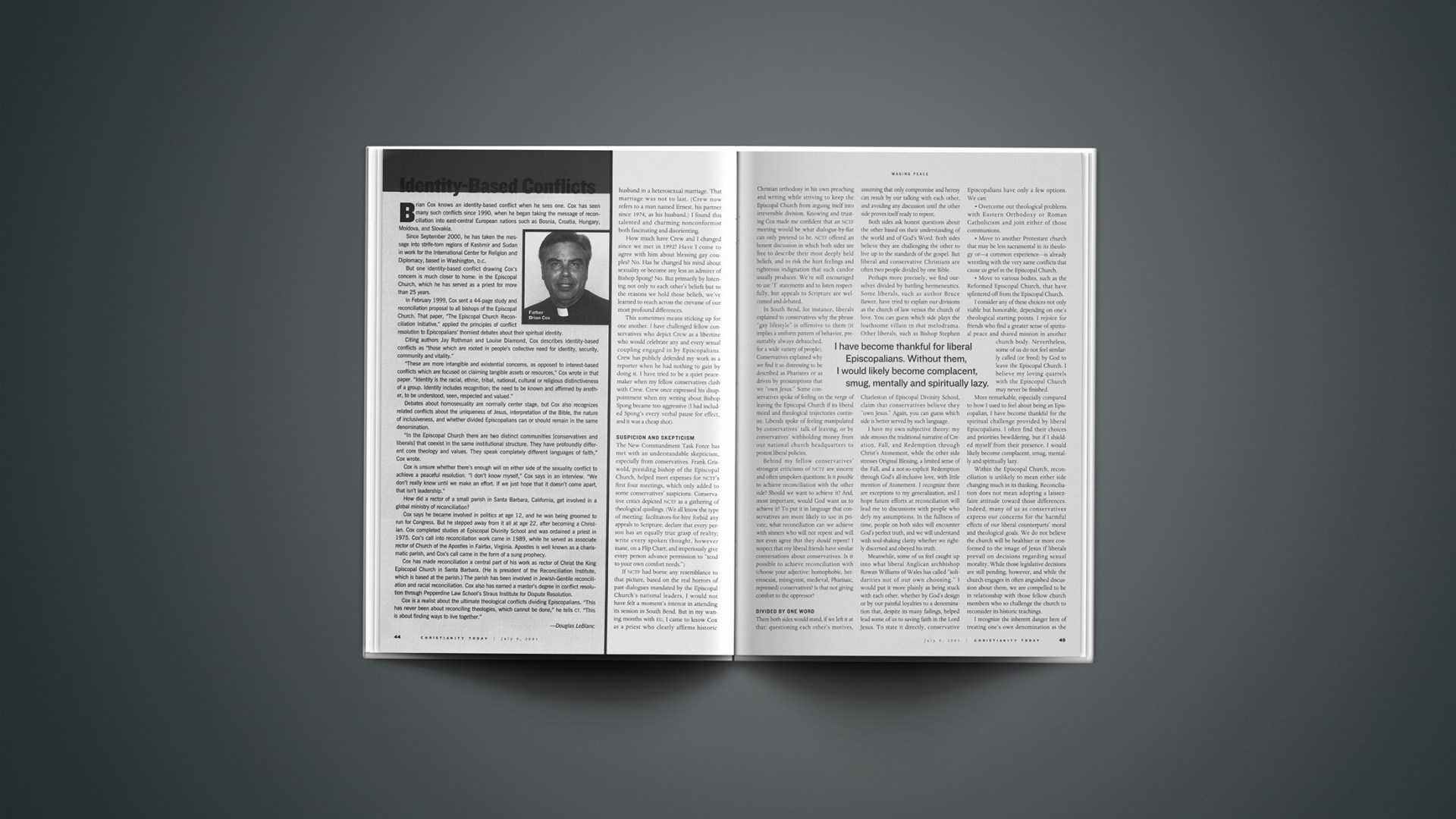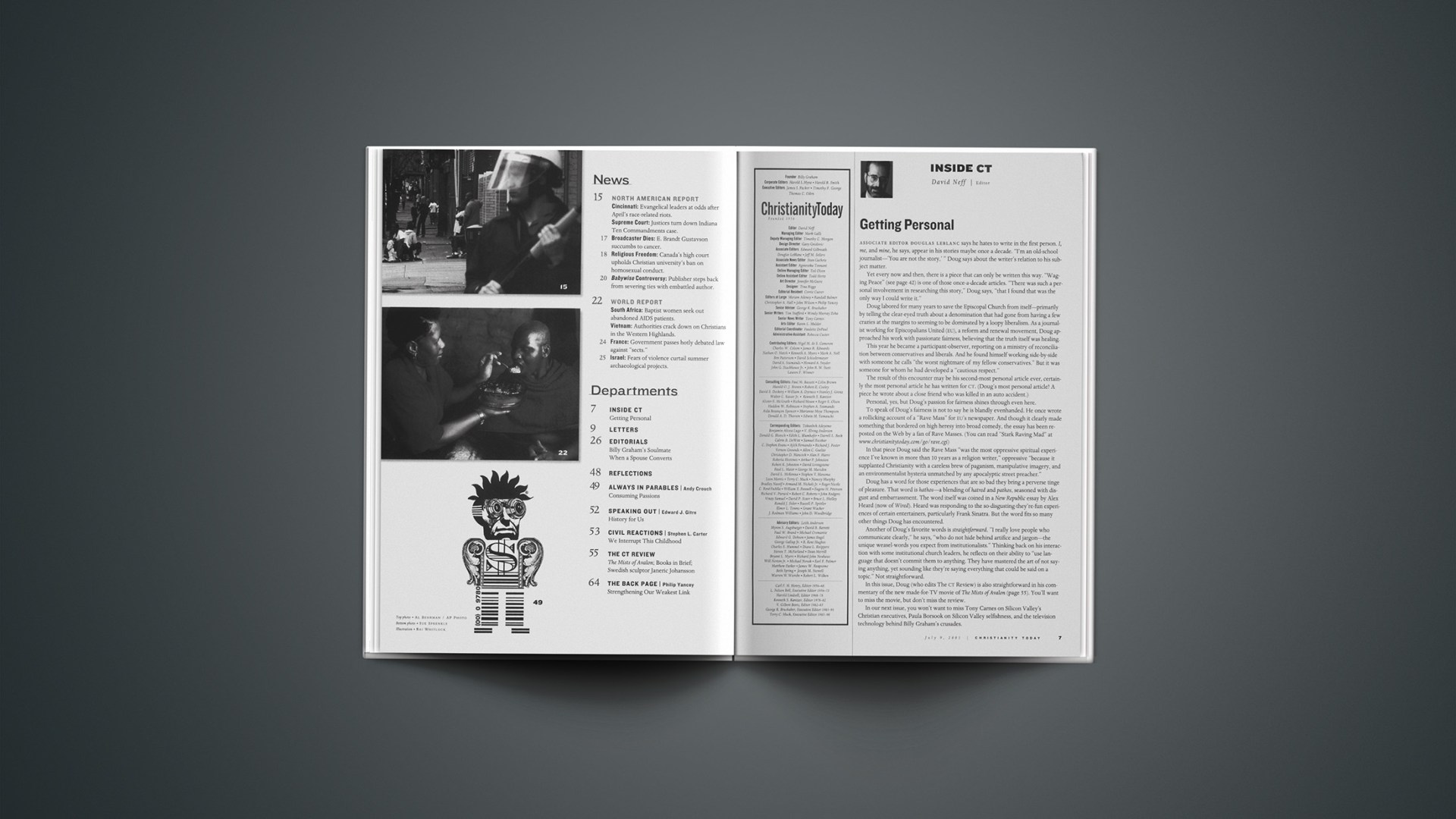Are Americans more religious than people anywhere else in the world? Are the beliefs of Christians in the U.S. indistinguishable from those of non-Christian Americans?
The last Special Report addressed the incorrect assumption that the church in America is in decline. The truth is that attendance figures have been steady for more than 60 years. This report examines what Americans believe and practice, how that compares to several other countries, and then concludes with a specific look at born-again Christians.
Religion in America and Around the Globe
For many Americans, religion, particularly Christianity, exerts a strong impact on their lives. However, they don’t think religion has much influence on American society. More Americans say religion’s impact on American life is decreasing (58%) than increasing (36%), according to the Gallup studies. Nevertheless, six in ten (59%) say religion is very important in their own lives—a percentage that has held steady since 1978.
When asked to rank the importance of God in their lives, half of U.S. adults gave him a 10—10 being most important. No other advanced, industrialized democracy nor any formerly communist country boasts such a high percentage of people who consider God so vital. However, in all but one developing nation surveyed, a higher percentage of people ranked God as most important in their lives.
Among industrialized democracies, the United States is second only to Ireland in monthly church attendance, according to the Princeton Religion Research Center. Eighty-eight percent of the Irish attend a religious service at least once monthly compared to 55 percent of the U.S. population. One formerly communist country, Poland, has higher church attendance, 74 percent, than the United States. Five of eight developing nations have lower attendance figures than the United States. The three that have higher figures are Nigeria (87%), South Africa (70%), and Mexico (65%).
Born-Again Belief and Action
Nearly half of all Americans (46%) could be described as born-again Christians who believe the Bible is the actual Word of God, have experienced personal conviction, and seek to lead non-Christians to a point of conversion, according to Gallup studies. Despite such a large percentage of born-again believers, three-fourths of Americans think more than one religion offers a true path to God and just one in six (16%) think their religion is the best path to God. These statistics indicate a large number of Christians are confused about major doctrinal issues.
Born-again believers do differ from other people in religious practice, according to a separate study conducted by the Barna Research Group, (www.barna.org), in early 2001. They are more likely to read the Bible, attend church and Sunday school, participate in a small group, volunteer at church, and have a quiet time.
About the Research
Gallup statistics in this report come from “Emerging Trends,” a monthly publication of the Princeton Religion Research Center. Most of the Gallup findings are based on random samples of 1,000 U.S. adults between 1939 and 2001.
John C. LaRue, Jr., is Vice President of Internet Research and Development for Christianity Today International, in Carol Stream, Illinois. He may be reached by e-mail at editor@churchlawandtax.com. Previous Special Reports can be found online.
To reply to the editors of this newsletter, write Newsletter@LeadershipJournal.net.
Sign up for the Church Leader’s Newsletter and receive a new article plus useful information in your inbox every week!
Copyright © 2001 by the author or Christianity Today/Leadership Journal.Click here for reprint information on Leadership Journal.

